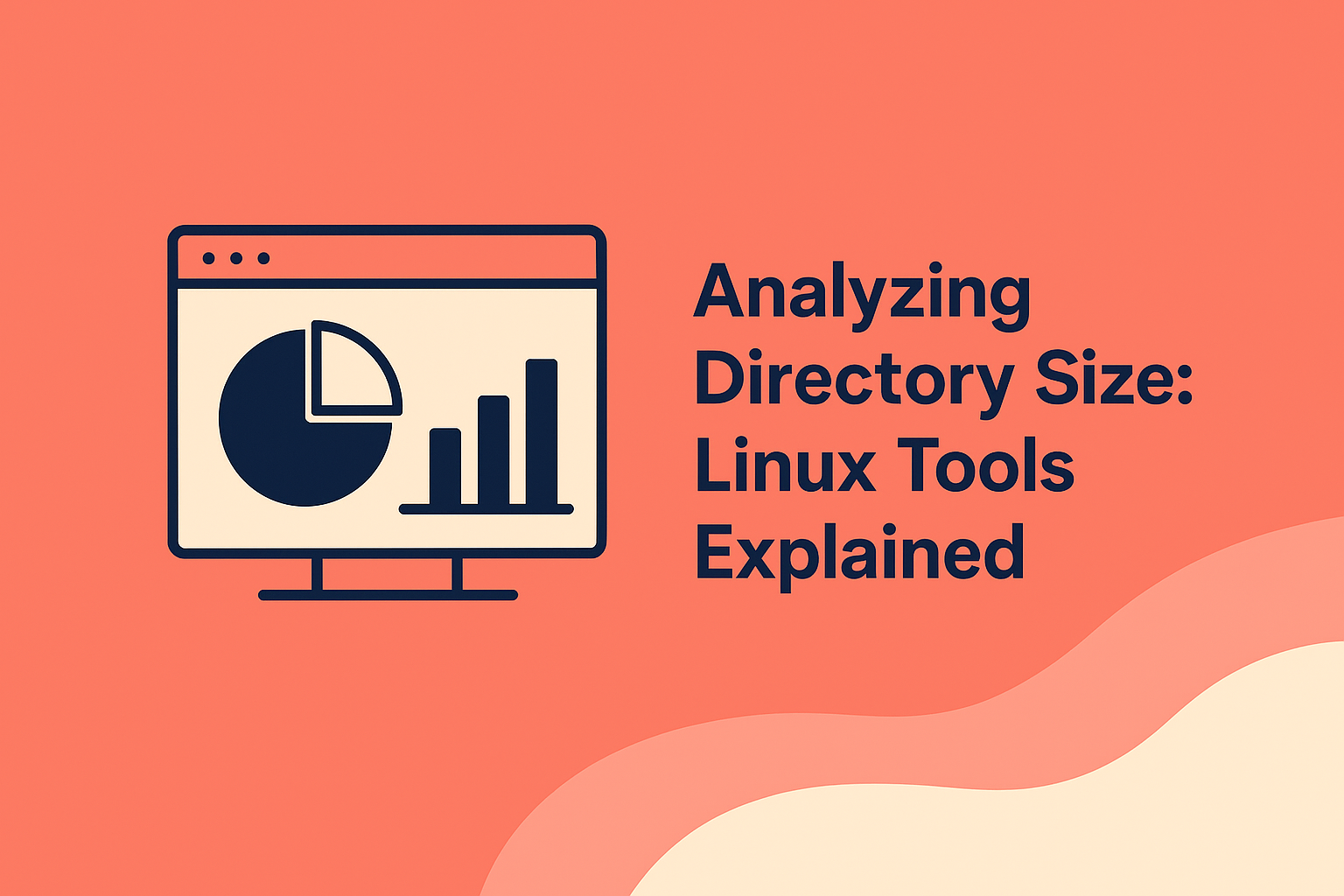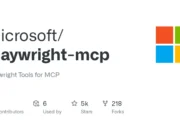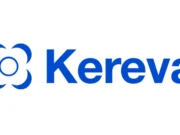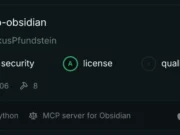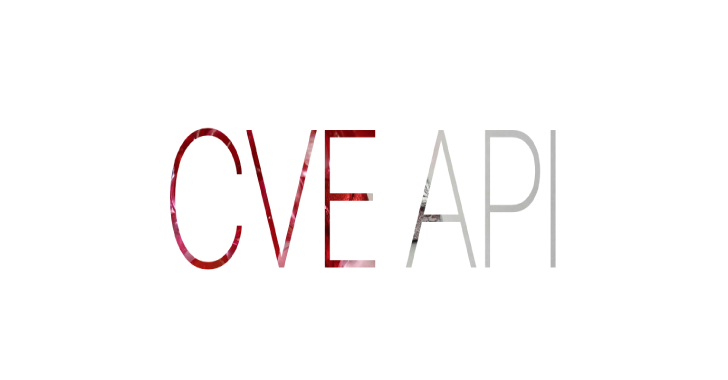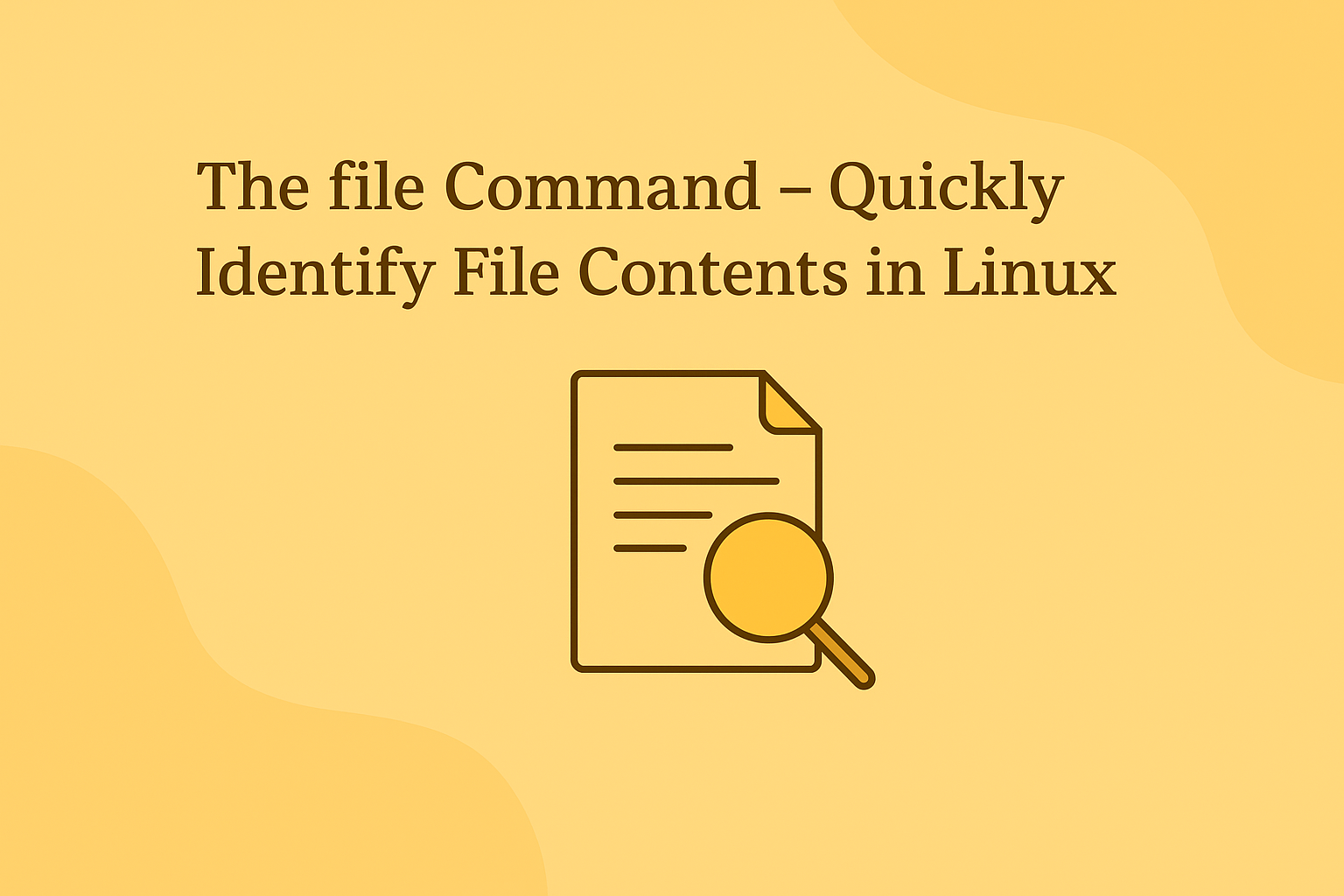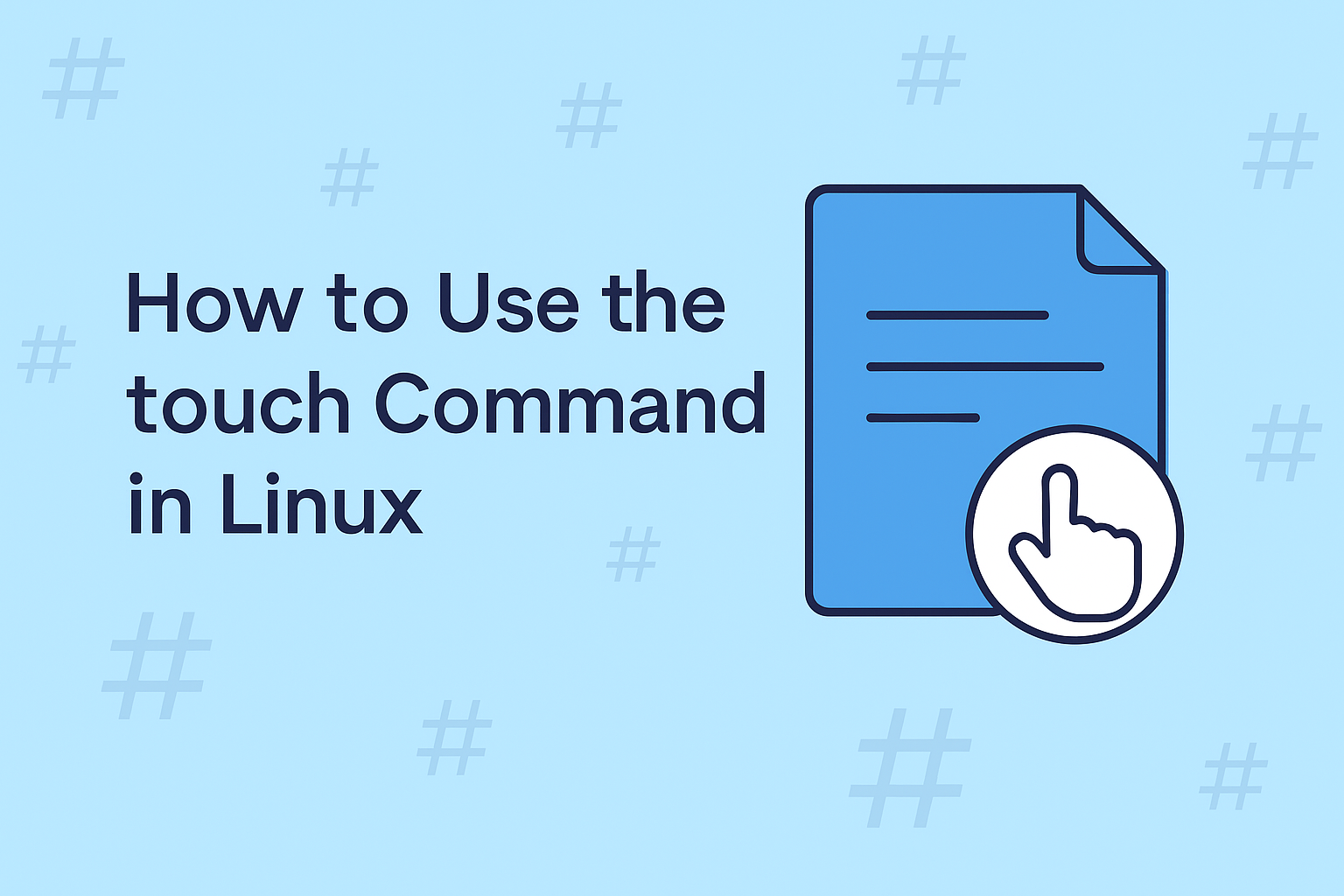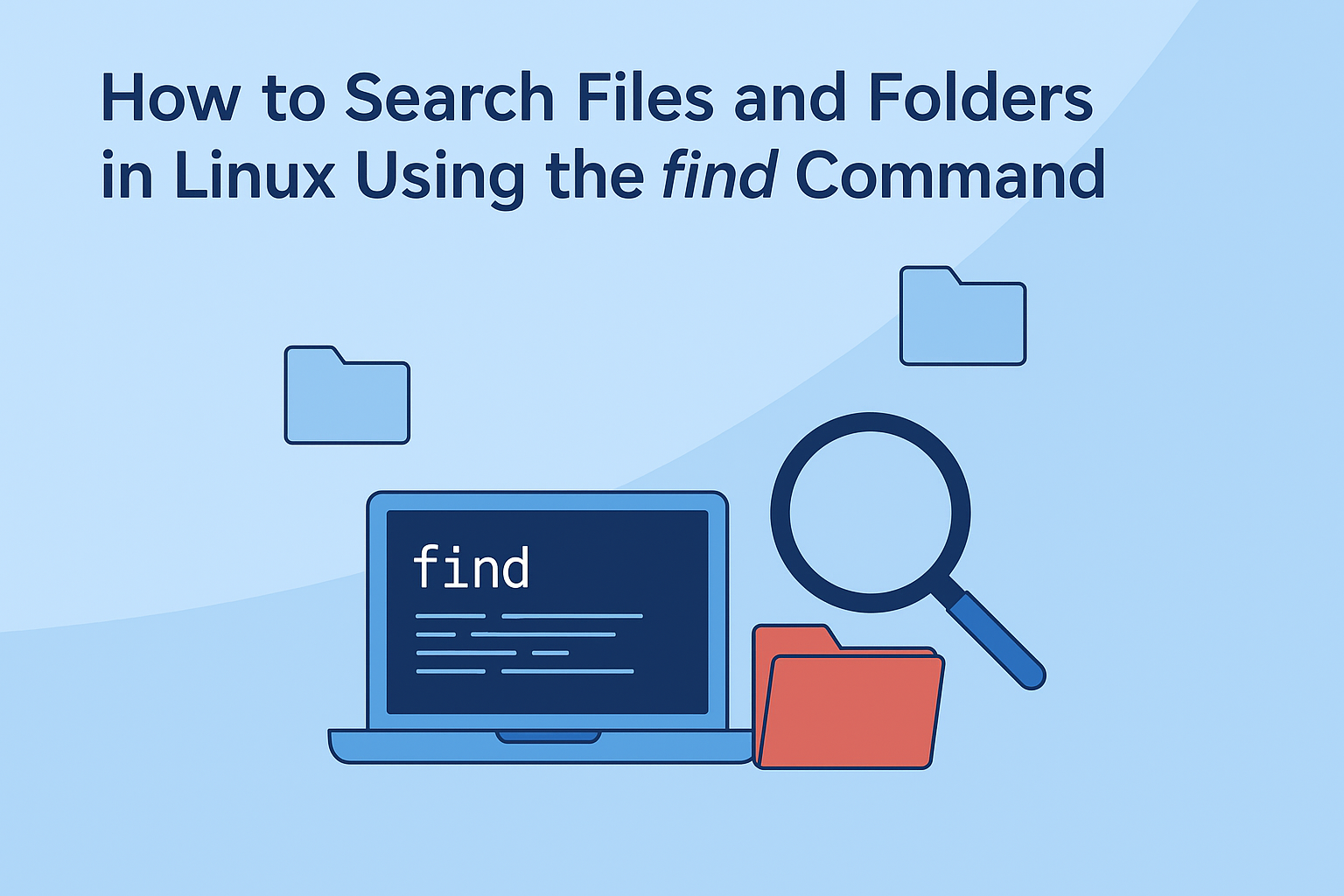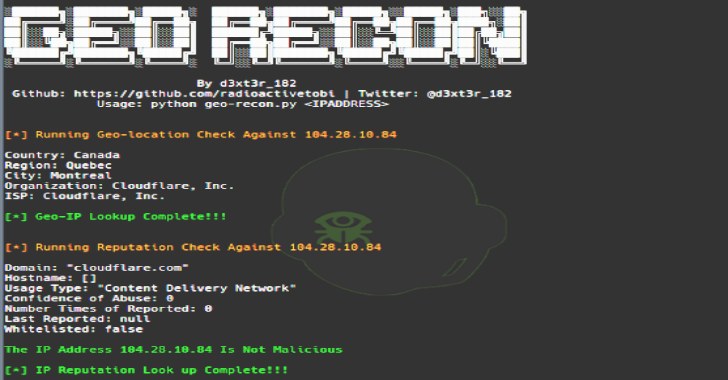CVE Api is a parse & filter the latest CVEs from cve.mitre.org.
Usage
http://localhost:4000/cve?target=KEYWORD
The year parameter is optional.
http://localhost:4000/cve?target=KEYWORD&year=YEAR
Examples
http://localhost:4000/cve?target=ruby%20on%20rails
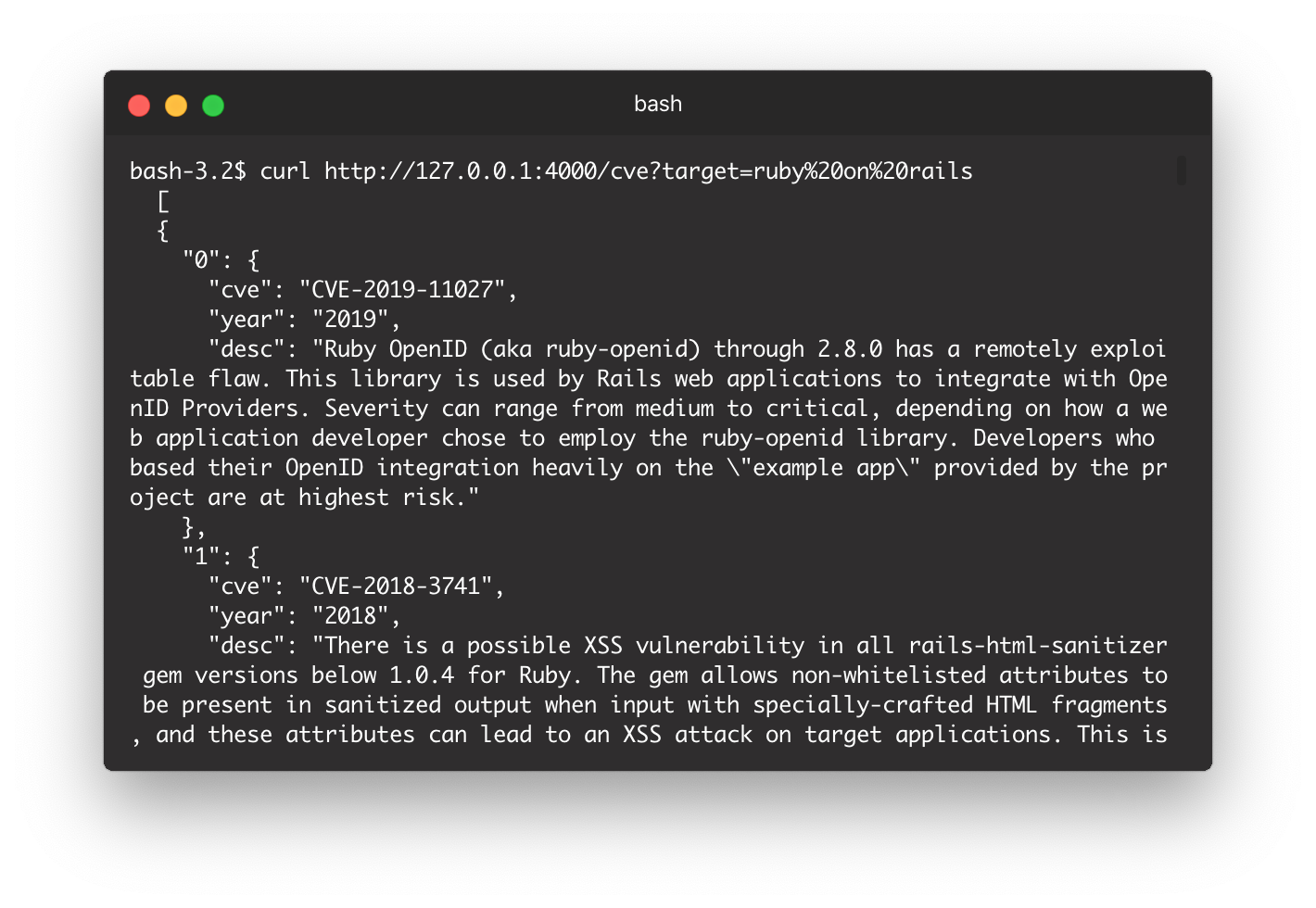
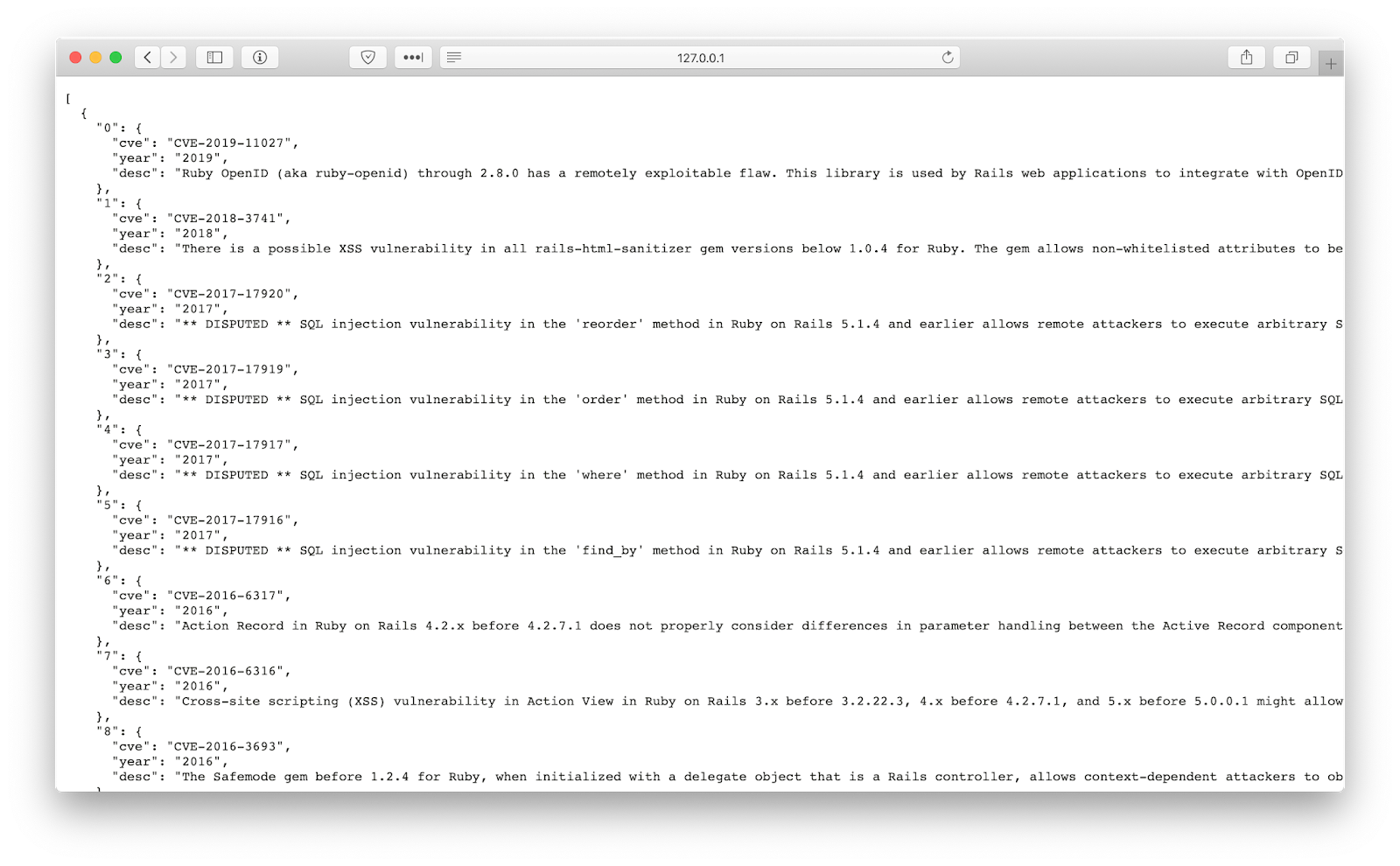
http://localhost:4000/cve?target=ruby%20on%20rails&year=2020
If you want to parse the latest year, use the “latest” keyword.http://localhost:4000/cve?target=ruby%20on%20rails&year=latest
Also Read – Fuzzowski : The Network Protocol Fuzzer
Getting Started
- Download the project
bundle installruby rest.rb
Requirements
Environment
- You can switch between prod & dev at
config/environment.rb - You need to create one yourself, an example can be found here.
Healthcheck
- The url will return a status code of 200 which means the api is healthy.
- If 200 is not shown then you should assume there is something wrong.
-
http://localhost:4000/status
Manage Image
Access
- You can access the api via http://localhost:4000/
- You should be able to view the index page from the url.
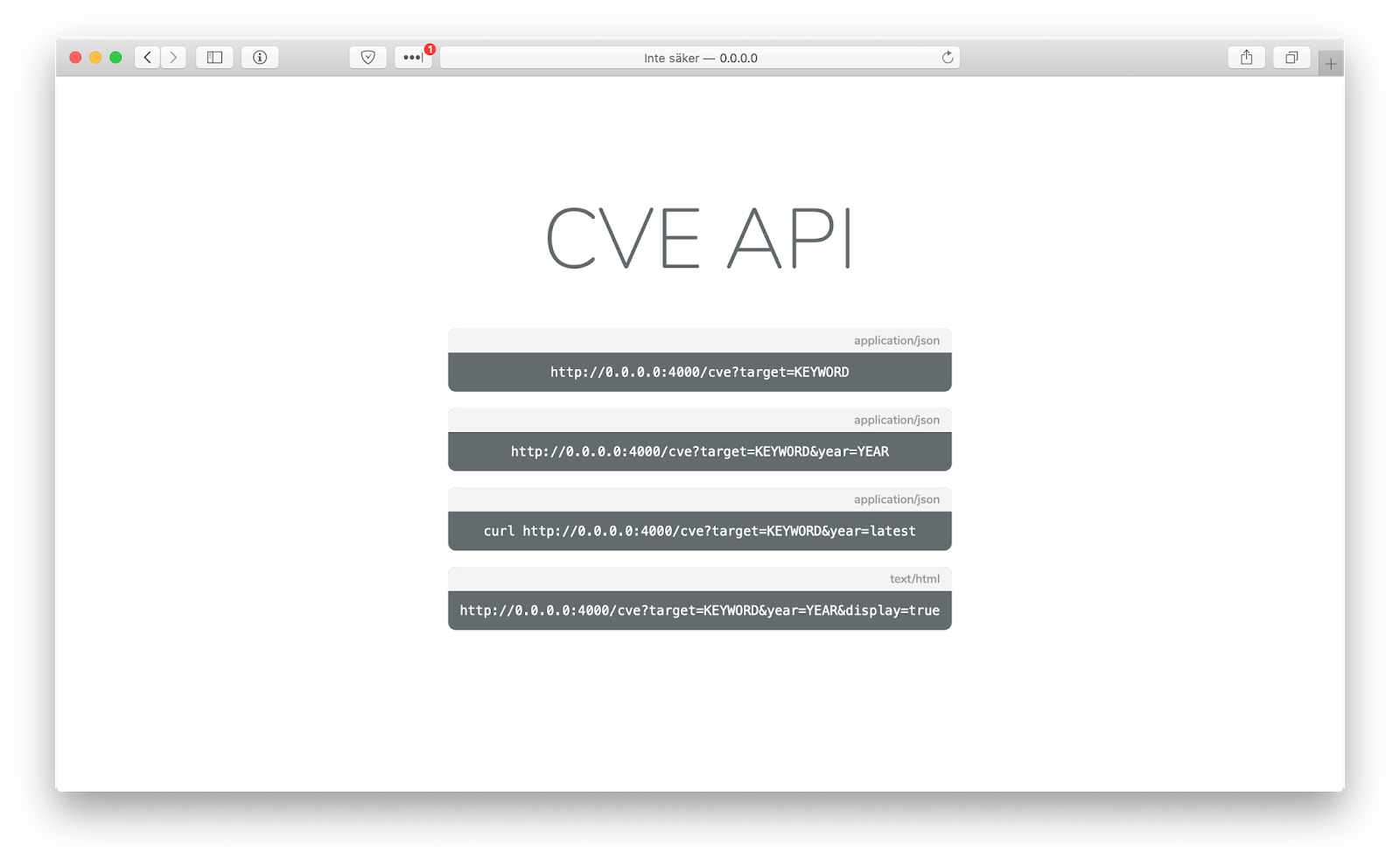
Build Image
docker build . -t cve-api
Run Image
docker run -p 4000:4000 -d cve-api
Get id
docker ps
Stop image
docker stop ID
Remove image
docker rmi cve-api





